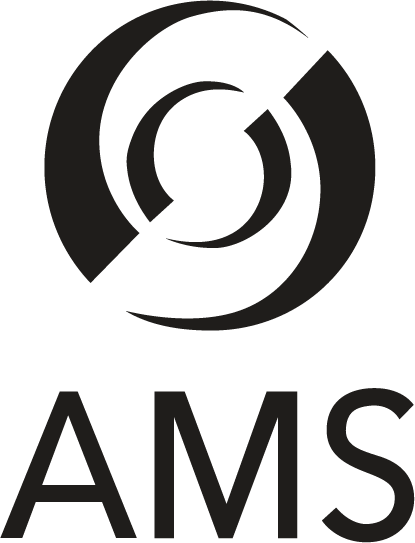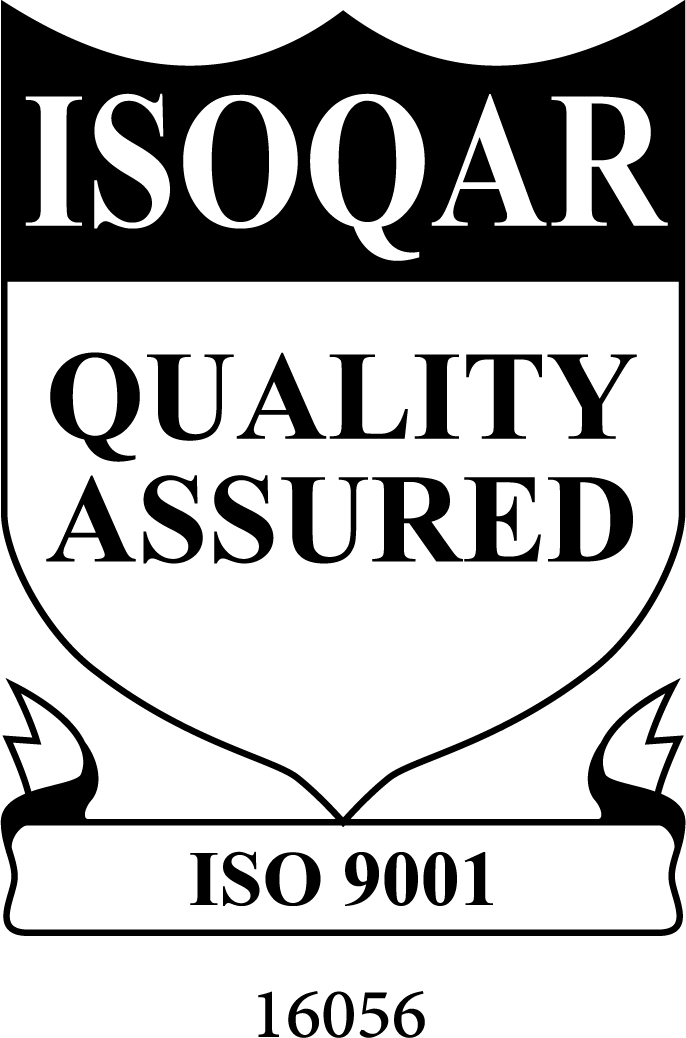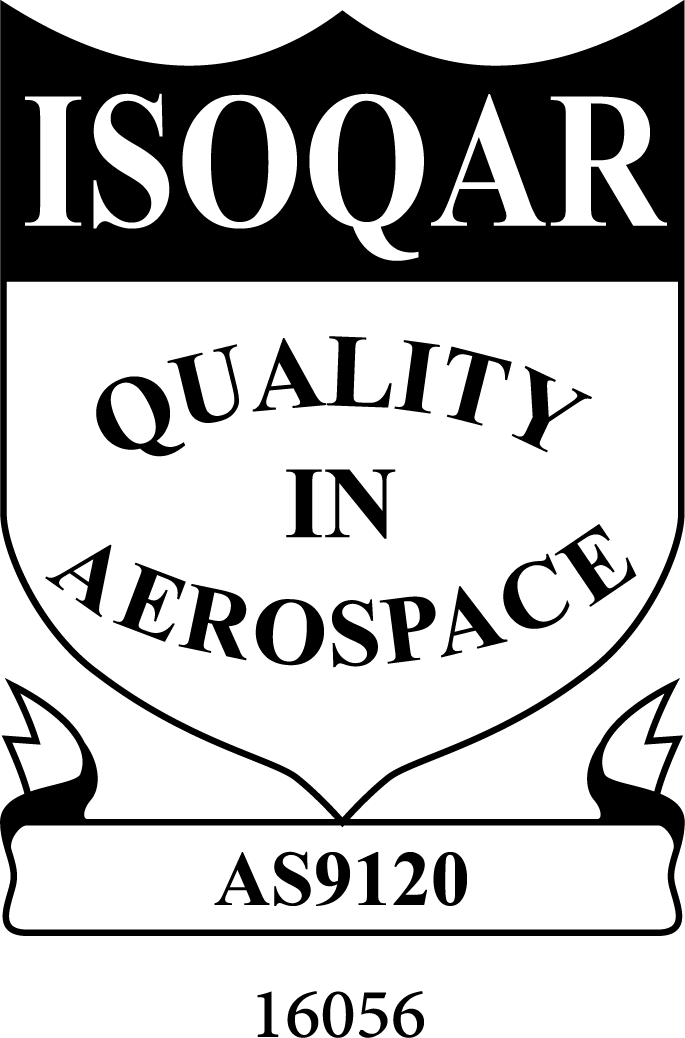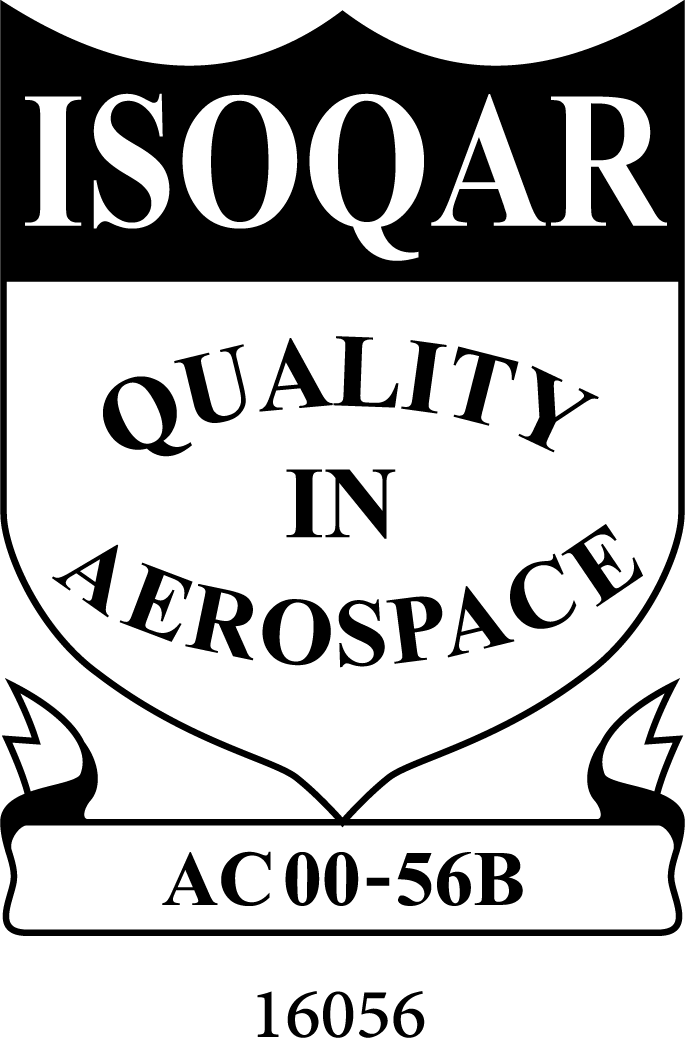Anti-Counterfeit Movement Gains Momentum
Industry has done much to raise awareness about the dangers of counterfeit electronic components, but by and large engineers and procurement professionals remain concerned about how to combat the problem. A counterfeit components study from Penton Media’s Design Engineering and Sourcing Group identified these and other trends last summer, highlighting the growing counterfeit problem across the entire electronics supply chain. As momentum grows to try and thwart the problem, more and more companies, individuals and agencies are stepping up to the plate to develop new solutions and educational programs to both detect counterfeits and keep them out of the supply chain in the first place.
A case in point is last month’s Conference on Counterfeit Electronics at the University of Connecticut’s Center for Hardware Assurance, Security, and Engineering (CHASE). In a series of workshops held January 28-29, engineers from Intel, Texas Instruments, Analog Devices, Honeywell, the Missile Defense Agency (MDA) and Connecticut-based independent distributor SMT Corp., talked about new tools available to improve detection of counterfeit electronics. They also discussed new prevention techniques designed to help supply chain professionals stay one step ahead of the counterfeiters. DNA marking is one example, in which unique “signatures” are placed on original components to ensure their authenticity.
Connectictut’s U.S. Representative Joe Courtney (D-2nd District), a member of the House Armed Services Committee, spoke at the opening of the two-day meeting, pointing to attendees’ ahead-of-the-curve work to protect the nation’s defense systems.
“These systems are as important to our national defense as the people trained to operate them,” Courtney told attendees, as reported in the UConn Daily Campus. “One malfunction can cause a massive amount of damage in terms of human life. Making sure these systems are safe is incredibly important.”
He went on to say that: “This is the future, making sure these systems operate correctly. What you are doing today is absolutely ahead of the curve in terms of defense department budgeting and strategic planning.”
But the counterfeit problem extends beyond the defense supply chain, a point that struck home with the Penton survey audience. The vast majority of respondents to last summer’s counterfeit survey agree that the danger of counterfeit components extends beyond the military and aerospace sector into commercial markets (87%). What’s more, they remain concerned about the government’s ability to fight the threat of counterfeit components (70%). For instance, less than half (47%) of the survey respondents said they think the 2011 Senate hearings on the subject and resulting National Defense Authorization Act will help reduce the threat of counterfeit components entering the supply chain. The NDAA includes new requirements governing electronics purchasing for government contractors.
Thus the effort to step up programs like the one in Connecticut earlier this year. There are a host of other workshops on tap for 2013, aimed at a variety of supply chain functions and job titles. Coming up in April, industry group ERAI will host its annual Executive Conference, this year titled “Gaining Momentum: Supply Chain Advancements in the Fight Against Counterfeits.” To be held April 18-19 in Orlando, the conference will address a host of new rules and regulations surrounding the procurement and detection of counterfeit parts as outlined in the NDAA.
In addition, standards-setting group SAE International is well underway with its counterfeit training efforts, having hosted a course for distributors on implementing its newest standard, SAE AS6081, in January. AS6081 was developed to provide uniform requirements, practices and methods to mitigate distributors’ risk of purchasing and supplying counterfeit electronic parts to aerospace customers. Sessions are scheduled for June and November, as well. SAE also will host a counterfeit electronics parts avoidance training session in California in June aimed at a wide range of professionals throughout the supply chain.
Some industry watchers have pointed to these and other efforts as indicators of a turning point in the fight against counterfeit electronics this year. New DNA-marking requirements from the Defense Logistics Agency and the much-anticipated release of new and enhanced SAE standards are just a few more issues supply chain professionals are grappling with in 2013. It’s no wonder increased awareness and an even louder call to action are resounding throughout the channel. 1
1. " Anti-counterfeit movement gains momentum: Kickham." Global Purchasing 1 March2013
Lintech Components has been a leading trusted supplier of electronic components for over 20 years. We are much more than just a stocking distributor; we are supply chain management specialists that help protect customers from counterfeit components in open market distribution. At the center of Lintech’s capabilities is our proprietary counterfeit detection program, the Component Authenticity Protection Program (C.A.P.P.) along with extensive testing capabilities. Lintech is proud to say that our Quality Management System is ISO 9001, AS9120, CCAP101 and ANSI/ESD S20.20 certified. We are also compliant with the IDEA STD 1010 inspection process and the AS6081 standard. Lintech continues to provide counterfeit avoidance services for a variety of customers globally.
Media Contact:
Shauna Ryan
Lintech Components
VP of Marketing
631-580-9500
ShaunaR@Lintechcomponents.com

 Certified to
Certified toAS6081 Methods









